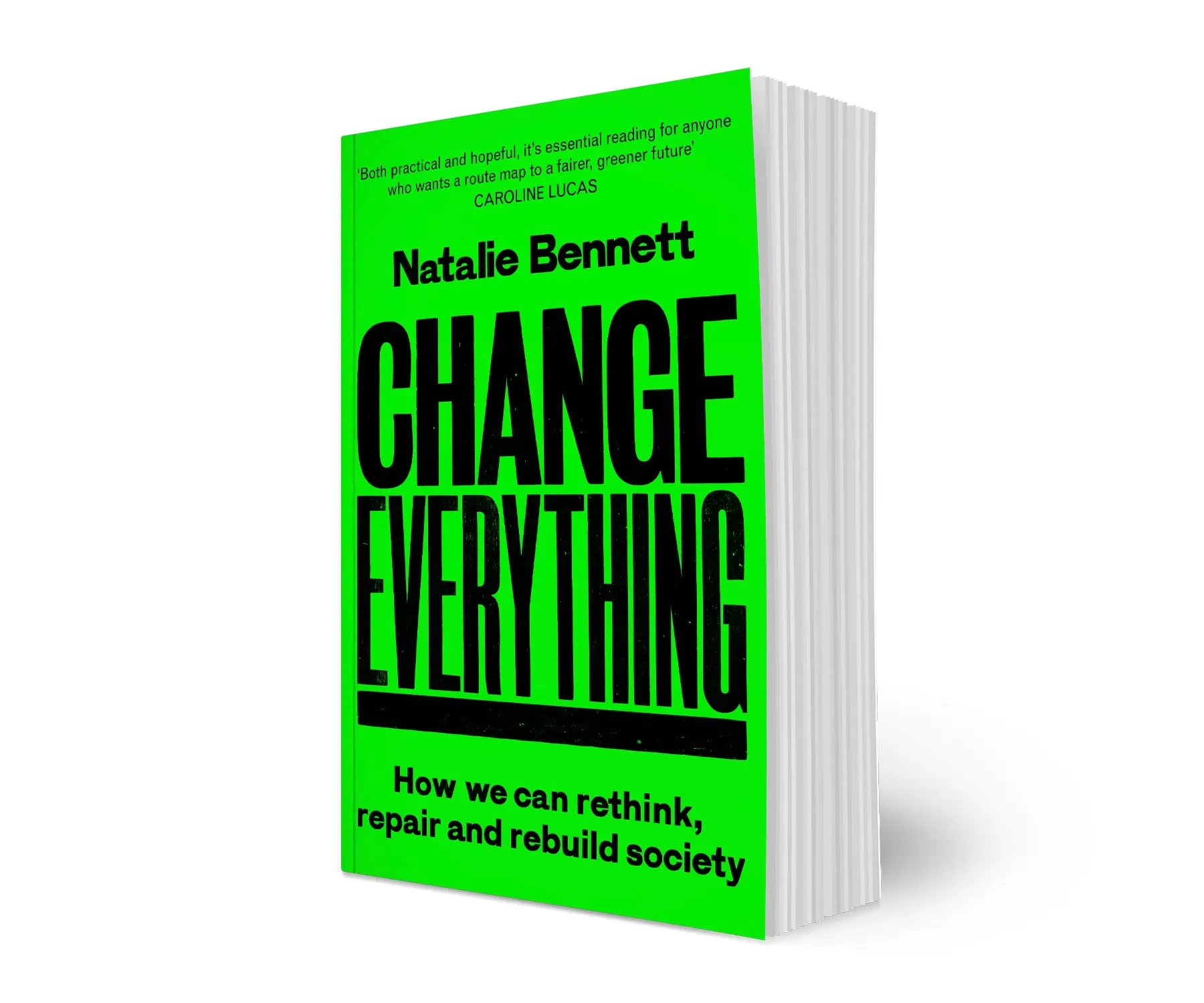I’ve been reading recently about the importance of local economies, and how money can be kept in them and its benefits multiplied, in the New Economics Foundation Plugging the Leaks programme. I’ve also been reading, courtesy of my local (threatened by cuts library) The Growth of Camden Town: AD1800-2000 by Jack Whitehead.
It’s not the best-organised book of local history ever written, but the passion of the author for this area of London, and the depth of his research, is obvious, and it is a must-read for anyone interested in Camden. The illustrations are also fascinating (although unfortunately only in black and white).
It’s mostly non-political, a narrative account rather than statement of what Whitehead would like to see, but the feelings occasionally slip through: “About 1970, when industry in Camden Town was almost defunct, I cleared out part of an old piano factory… The owner was retiring because of rising rents and falling business. His mews factory was being refurbished and restored as part of an urban renewal programme. This included a new roof of Welsh slates at £3 each. At a time when huge new factories and trading estates were being erected on green-field sites, with roofs in corrugated iron, this inner-city factory was being treated like a stately home and priced out of any future manufacture…. The planners were working to the ideas current at the time. Industry should be zoned away from housing, preferably in a New Town beyond the Green Belt…. With the best will in the world and hoping to improve people’s lives, planners were destroying industry. The same thing was happening all over London… Within a few years the delicate network of local employment was shattered. London, which in Victorian times had been the biggest industrial city in the British Isles, had lost its industry. Instrument making in Islington and Clerkenwell, gunsmiths in Paddington, furniture in Hoxton, metal casting in Bayham Street, brewing in Hawley Street – industry withered or fled.” (p. 59)
read more

 About
About